How to Make Your Own Terrarium in 8 Easy Steps
A terrarium is an attractive miniature garden in a clear glass container for the places where people live and work. The word Terrarium had been formed through “terra” which means soil and the word “aquarium”.
A terrarium means a soil aquarium or a miniature plant ecosystem, which has its own cycle just like the nature that we live in. Mainly terrariums can be divided into two general categories such as open and closed terrariums.
A closed Terrarium is equipped with a cover that is generally referred to as a closed terrarium. It is established in a closed container – A lidded jar or a jar with a narrow mouth can be used. It is easy to maintain once its ecosystem is established. This ecosystem is suitable for moisture- and humidity-loving plants. Not for succulents or cacti because they would quickly rot and die in this setting.

An open Terrarium is resistant to direct sunlight thus dense and direct sunlight may cause its leaves to burn. It uses a container with a wide opening. It needs to be watered more often than a closed system and also lower humidity levels. It is good to use succulent plants or cacti as they are native to dry, arid regions and have a longer display period in an open-system terrarium.
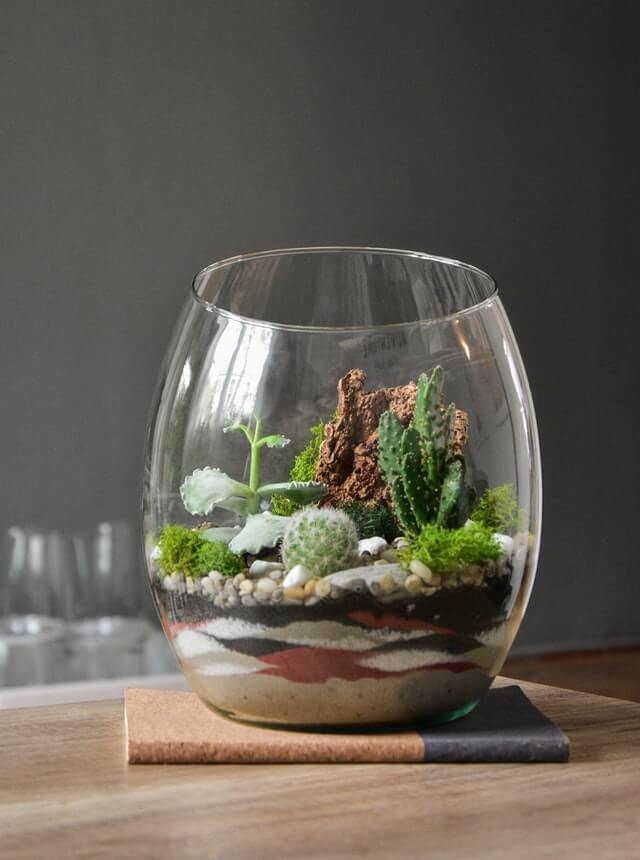
The terrarium leads to creating a small woodland scene. It is a practical and inexpensive way to bring some of the outdoors into the home for enjoyment during the winter and give us a chance to experience nature’s unique flora. The humid atmosphere in the terrarium protects tender, tropical plants. These plants are difficult to grow in the normally dry atmosphere of our homes. It can also help to start new plants under control conditions. This article outlines a closed-system terrarium.
Many types of clear glass containers may be used. The basic structural feature is a glass container that can be closed to retain a humid environment. The moisture will condense on the glass and then return to the soil so that plants can be used again.
The most attractive are large brandy glasses, old-fashioned candy jars, goldfish bowls or tanks, and small or medium-sized rectangular aquariums. Large screw-capped jars with metal or plastic covers, and a piece of clear glass, or plastic are needed as a cover to control the moisture and humidity inside the terrarium.
Bark intendeds harbor pathogens that will introduce disease into the terrarium therefore do not use them for outdoor landscapes. The size of the container will depend on the size of the plants and the accessories you may use.
Always try to keep the scale of the plant suitable for the size of the container. As your terrarium will not have drainage holes in the bottom so you have to create a place for extra water to go that keeps it away from your plants’ roots.
A small container layer of moss on the bottom of the terrarium can serve as a drainage layer. A layer of sand or fine gravel or broken pieces of clay flower pots or charcoal may be added before the moss layer in large containers.
Many varieties of plants may be grown in your terrarium according to your preference. The most common plant materials used in making a terrarium are Mosses, ferns, and small seedling evergreens. It is good to use only a minimum amount of material because you need only a few healthy specimens for each terrarium.
Cactus and succulent plants should not be used in terrariums because the high rate of humidity within the terrarium may cause the cactus and other plants to rot. Large containers getting plenty of air or large bell glasses shall be preferred to create a terrarium by using cactus and succulent plants.
Different plants can be used to achieve different effects such as creeping vines, mosses, and lichens make good ground covers. A realistic miniature garden accessory dramatically increases the effect inside the terrarium. Rocks of various sizes will be needed as boulders, cliffs, or exposed ledges in the woodland scene to develop in the terrarium.
To get a natural effect you can use lichens, small hemlock or pine cones, acorns, and empty snail shells. Before using a natural stone that we found in nature, it is recommended to drop the spirit of salt on it and to monitor if it froths or not. If there are stone froths, this means that there are bacteria on them. It may harm the natural environment within the closed terrarium. To form a path small stones or coarse sand can be scattered in a narrow band.
How to Make a Terrarium – Build a Terrarium in 8 Steps
Step 1 – To begin the planting process, Put at least a 2” layer of stones and other drainage materials in the bottom. Using a large spoon, add an ¼ to ½ inch layer of activated charcoal on top of the stones as drainage material. This is done to help drainage and control any odor that might occur. In large containers, deeper layers of stone and soil mixture may be used, but their combined depth should not exceed 20 percent of the height of the container.
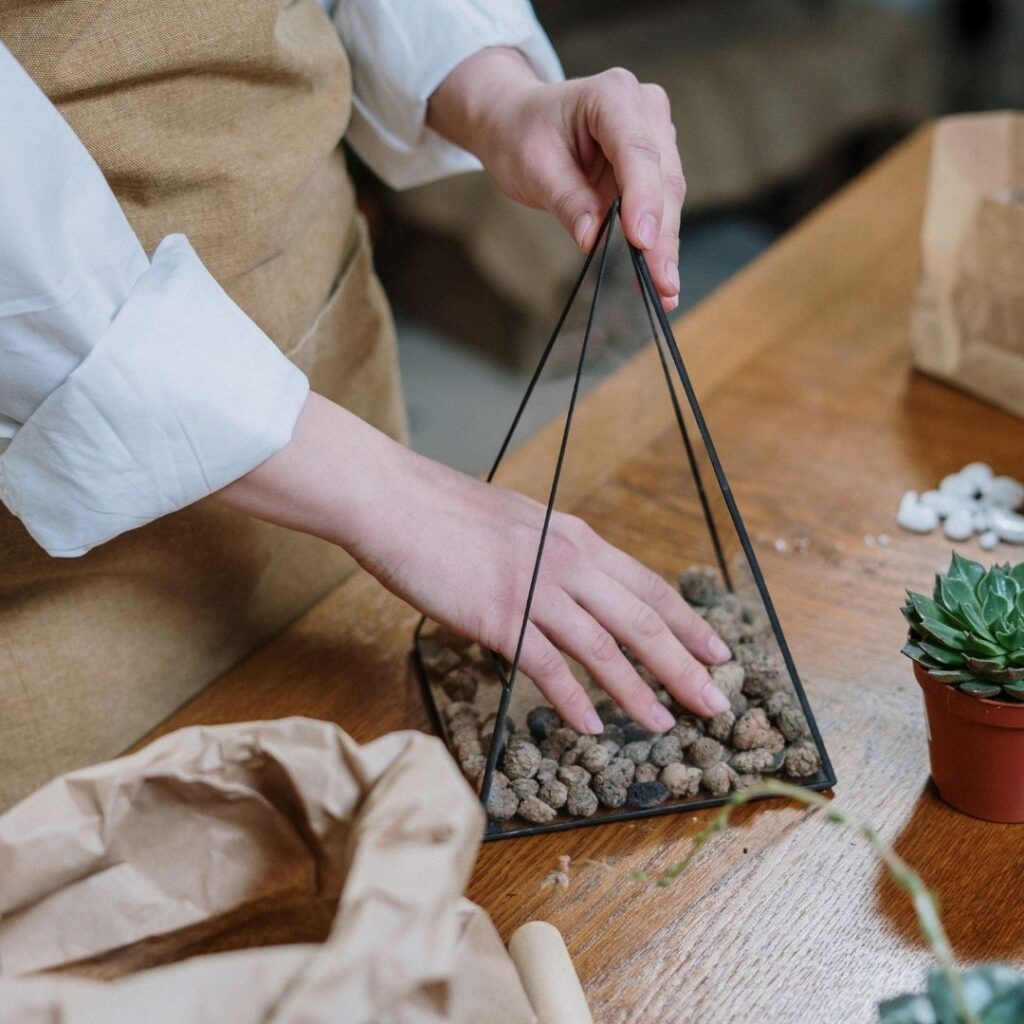
Step 2 – In the next step add moss on top of the stones and charcoal. Use thin “sheet moss,” which grows on flat stones or fallen logs in moist woodlands. Place the moss face down and it keeps your next layer, potting soil, from mixing in with the charcoal and stones. This step is optional it is done to add aesthetic value to your terrarium.
Step 3 – Using a small shovel or large spoon adds sterile soil on top of your moss. Not much soil is needed in a terrarium, just enough to hold the plants in place. If you aren’t using moss, put the potting mix soil right on top of your charcoal.

Step 4 – Before inserting plants in the terrarium to get an attractive composition outside the container uses taller seedling trees or plants as accent features. Do not use too many plants. They should appear to be uncrowded in a miniature greenhouse, with plenty of space above and around them. Create a well-composed woodland scene and add interest with contrasting colors and forms of foliage.
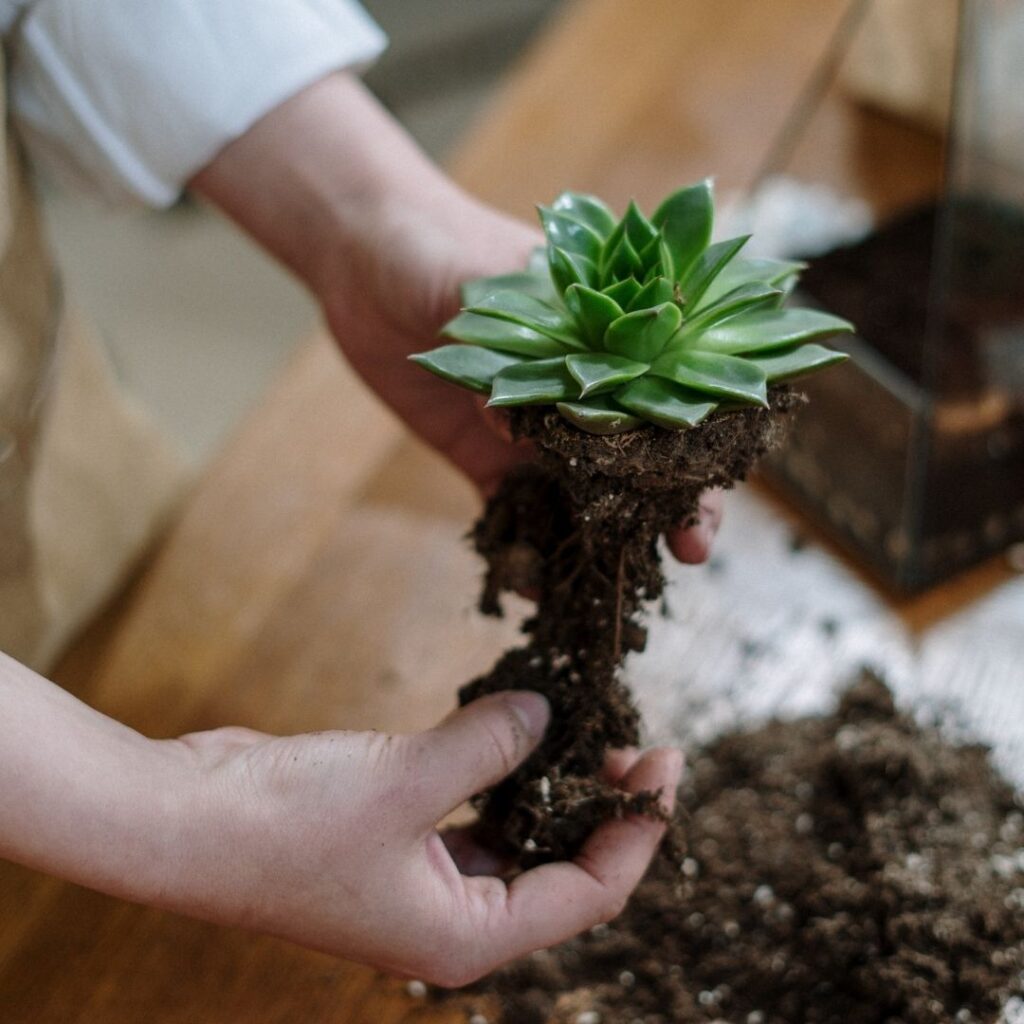
Step 5 – For planting use a large spoon, or your fingers, to dig a hole in the potting mix. Place your terrarium plant in the hole. Gently put the soil around it. Slips or unrooted cuttings can be also placed in the soil. Roots will eventually form. In rooted plants, roots do not have to be completely covered. You can use cooking chopsticks, tongs, or long tweezers to place your plants and put them in when you are using a narrow neck terrarium.
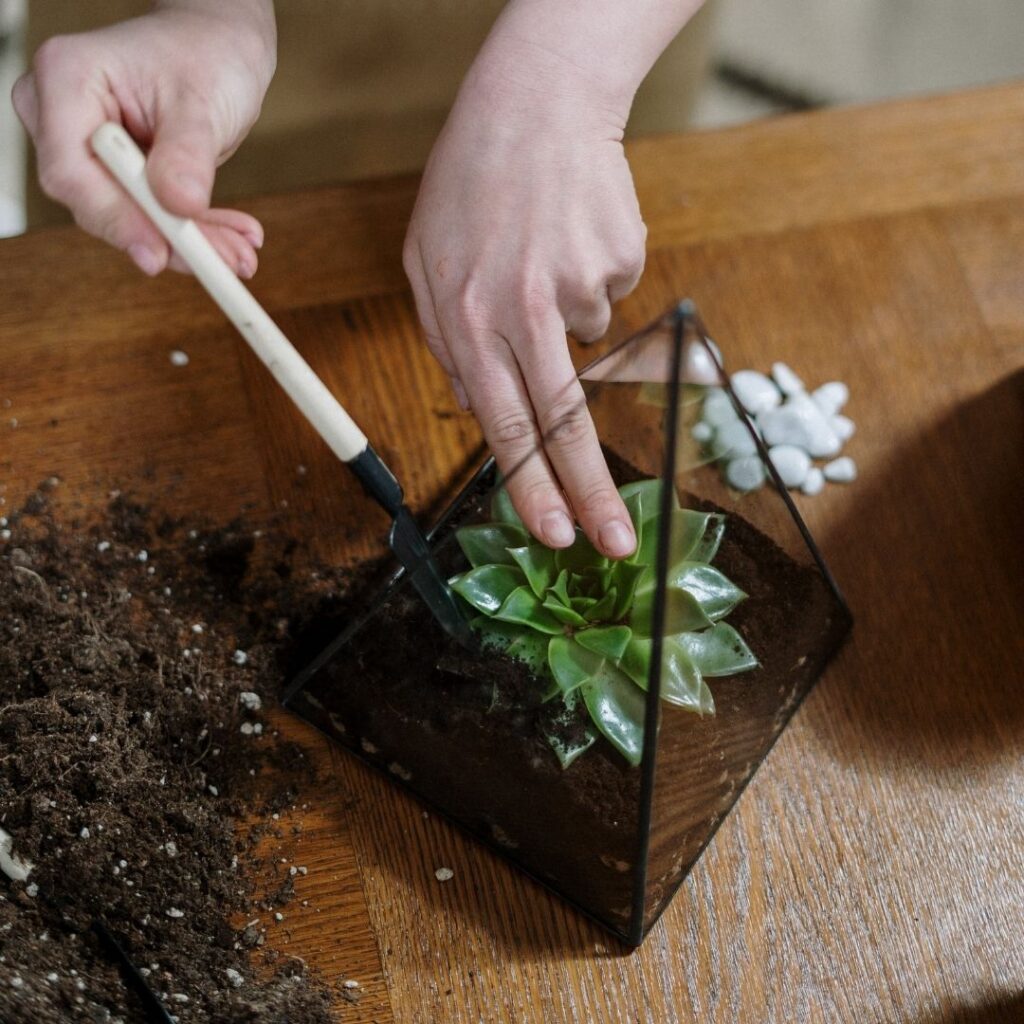
Step 6 – After planting, remove loose dirt from plant leaves with a small paintbrush.

Step 7 – Wet the soil and plants with a fine mist of water and add water only until it begins to seep through the moss at the bottom.
Step 8 – Wipe off the inside removed with a small piece of paper or paper towel wrapped around the end of a slender stick. , cover the terrarium, preferably with a glass cover to prevent the moisture from escaping. A temporary cover that is made from cellophane or plastic wrap attached with a rubber band or cellophane tape can be also used.
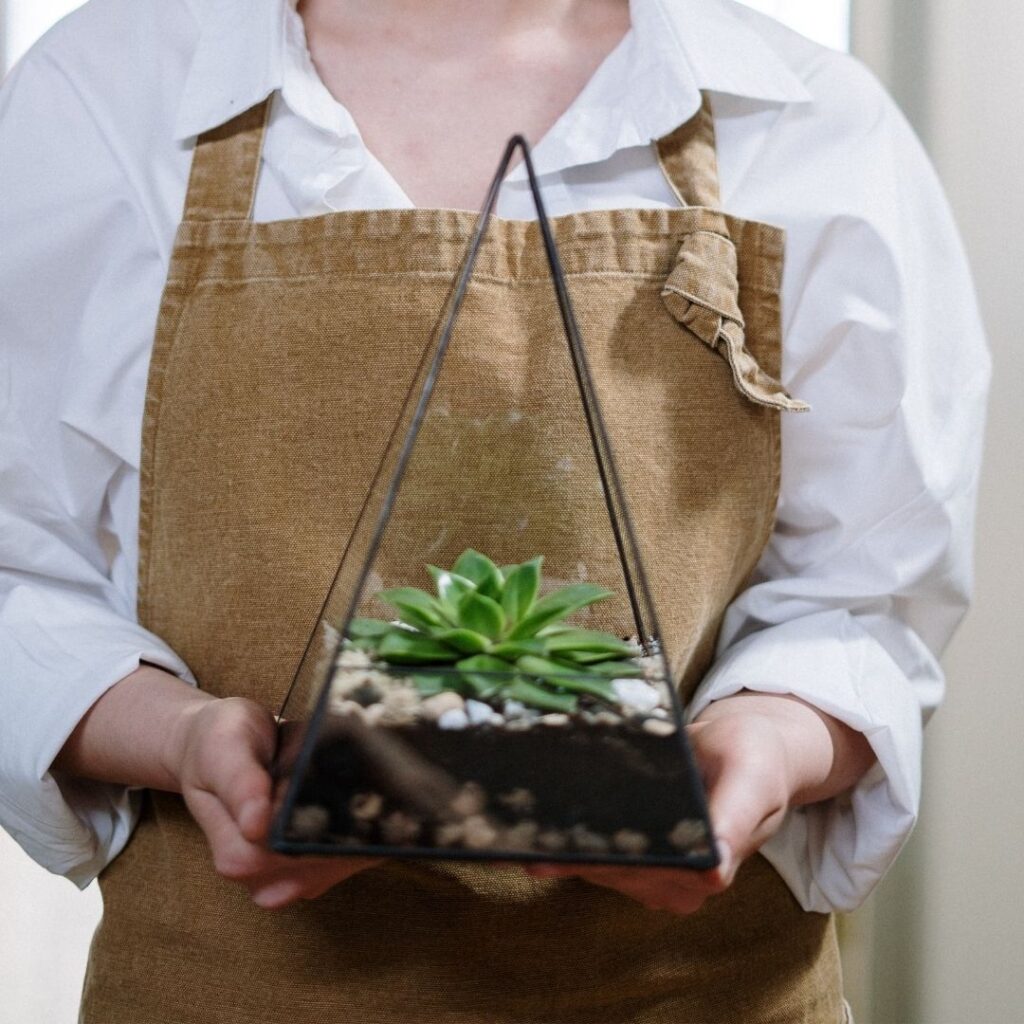
How to Care for Your Terrarium
If the terrarium is located in the bright light plant will grow best, but not in the sun. If plants become too tall with time, pinch them back. Remove any plant that crowds the others. Dead leaves and flowers should be removed because they will rot and become unsightly. Water the terrarium only enough to keep the soil moist. If there’s too much water in your terrarium, you can remove the cover for several hours per day until the excess water evaporates. Water your terrarium only if the soil surface becomes dry.
Moisture condenses on the sides of the glass and drips back into the soil where it is reused by the plants. The plants in a terrarium will grow for long periods without additional nutrients, therefore is no need to add nutrients often. If plants lose their dark green color, add liquid house plant fertilizer at monthly intervals at half the recommended strength. Terrariums usually last at least a year. Then it should be re-designed. Some old plants can be reused, but fresh mosses and new plants will give a new look to your terrarium for sure.
- 29 Bucket Gardening Ideas for a Lush, Compact Garden - October 30, 2024
- 20+ Chic Boho Bedroom Ideas for a Cozy and Stylish Retreat - June 20, 2024
- 12+ Modern Boho Living Room Ideas to Create a Unique Oasis - June 10, 2024

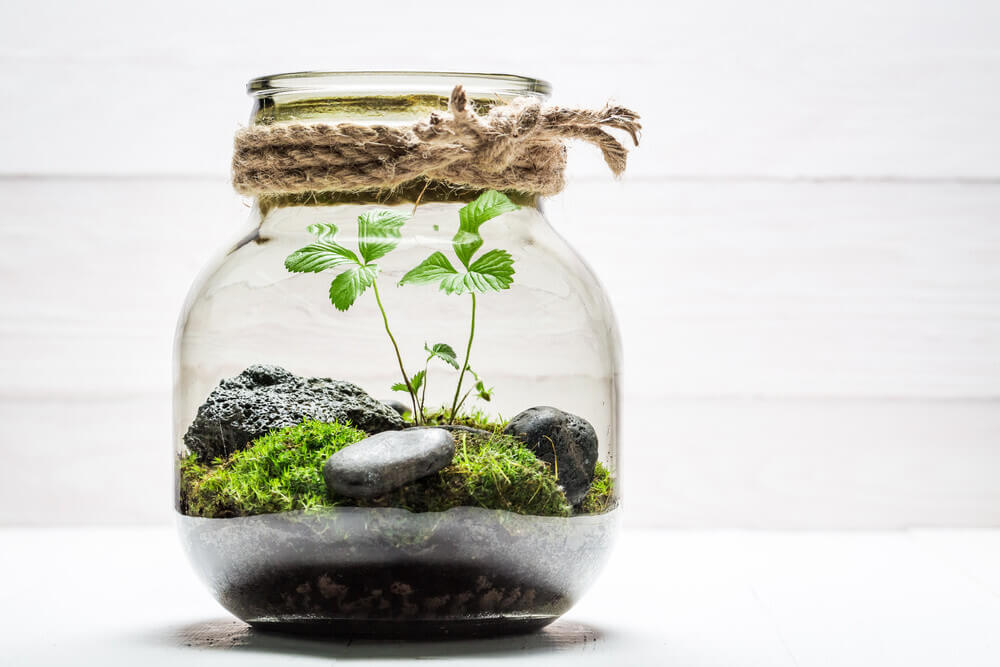
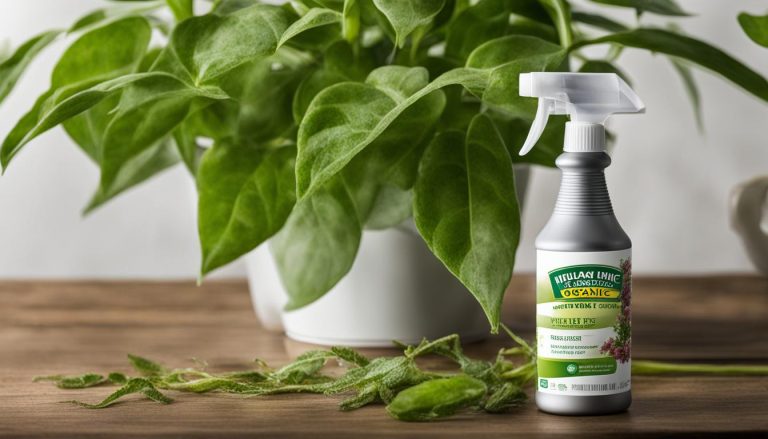
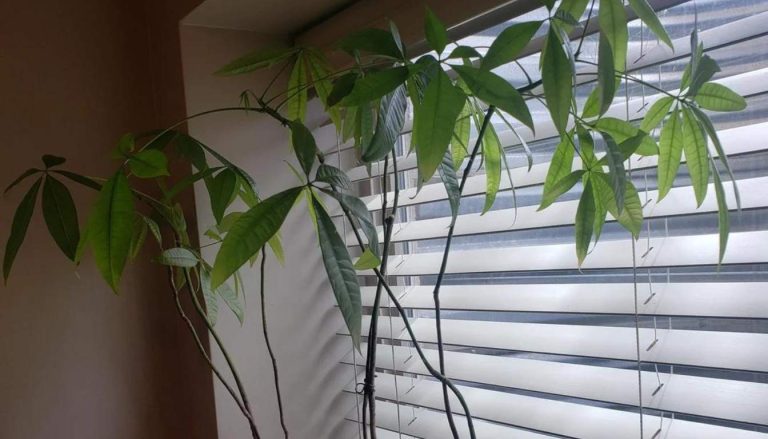
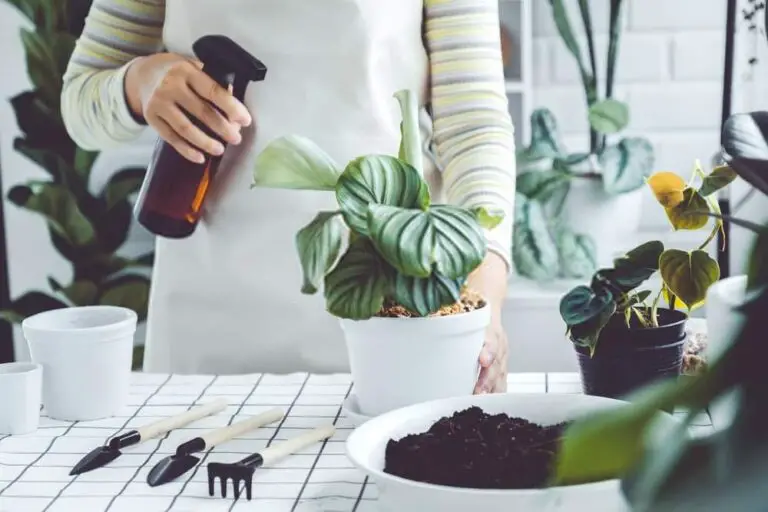
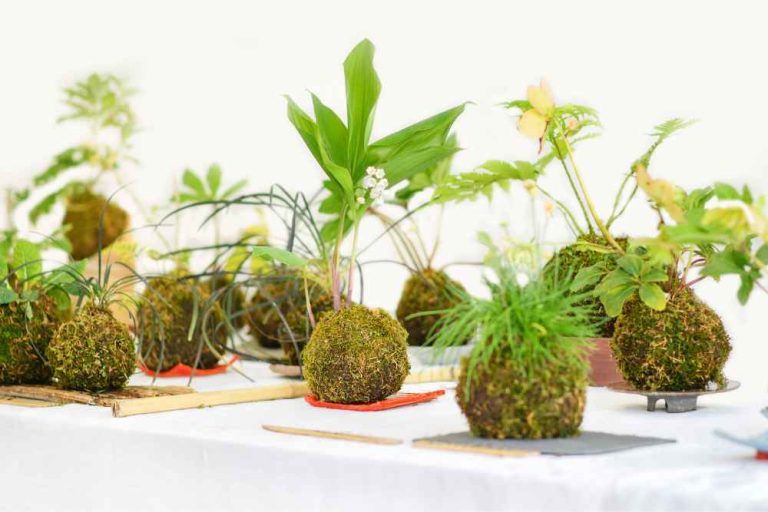

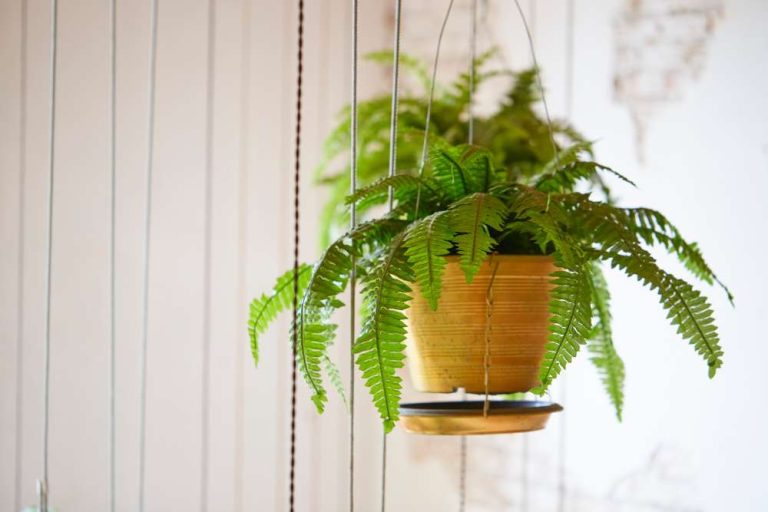
One Comment